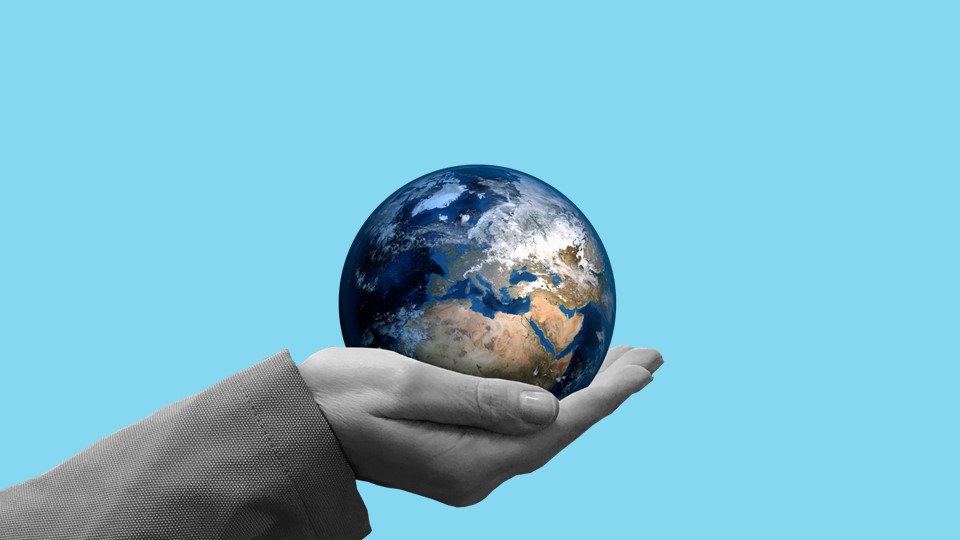Globally, 72 percent of greenhouse emissions are linked with household consumption and ordinary people like us. Emissions are produced in our everyday lives. They are linked with how we live, move, eat, and what we buy.
We can reduce emissions through the everyday choices we make. To stay within the limits of an increase in temperatures of 1.5 degrees, Finns’ average carbon footprint Carbon footprint Emissions caused by human activity. It can apply to that of a company, an organisation, an activity, a product or an individual. In addition to carbon dioxide emissions, it also takes into account other significant greenhouse gas emissions such as methane and nitrous oxide. Open term page Carbon footprint should be just a quarter of the present level. Globally, individuals’ carbon footprint should be halved.
Even though the situation might seem dire, we have a pretty good understanding of the significance of our lifestyles. This can be seen in the choices that we make. As many as 53 percent of Finns have consciously reduced consumption for environmental reasons while trying to make responsible consumer choices. It is also encouraging that Sitra’s Lifestyle test has been taken more than a million times and thousands of people have made personal plans for reducing their carbon footprints using online tools.
A shift towards sustainable life is faster if we openly share the best ways to encourage everyday acts of sustainability.
Viewed from an international angle, these numbers are promising. But more needs to be done. How can we make sure, that everyone realises their potential in tackling climate change and loss of biodiversity Biodiversity The diversity of wildlife that safeguards the preconditions for life on Earth. Open term page Biodiversity – and the possibility for a better, more sustainable everydaylife at the same time?
Promoting sustainable good life together
Together with cities, non-government organisations, and communities, we at Sitra have developed tools with which individuals and households can shift to more sustainable lifestyles: tools for understanding the local needs and issues around sustainability, creating action and achieving impact.
But the shift toward a sustainable life is faster if we share these methods openly and learn about the best ways to encourage everyday acts of sustainability. An international network of people making changes for a sustainable lifestyle makes it possible to be highly effective and to spread information quickly.
That is why we are scaling actions and tools developed and verified in Finland for international use. To support this work, we invite organisations and change maker teams to join and build the Shift 1.5 community of practice to promote a sustainable everyday life.
Shift 1.5 is a community for sharing tools for climate action
The Shift 1.5 community comprises local teams in different countries. Local teams develop, modify, and implement solutions to reduce emissions caused by individuals in the cities or countries where the teams are located. The work is based on the open distribution of tools, practices, and lessons that have been learned – and everyone is welcome to join.
The first pilot countries have already started their work. Participants include local players in Canada, Slovenia, Turkey, Greece, Portugal, Italy, Estonia, and Germany. Motivational profile work for a sustainable lifestyle has already been done in Canada, and this information is now being brought to businesses to enable them to better support lifestyles for sustainable lifestyles of everyday life. In many places there are desires to utilise and scale the Lifestyle Test and 100 smart actions, and in doing so, to share information and to inspire local people to take sustainable action.
A more sustainable everyday life should not be difficult – it is part of an inspiring and enjoyable, good life suitable for the individual.

















Recommended
Have some more.